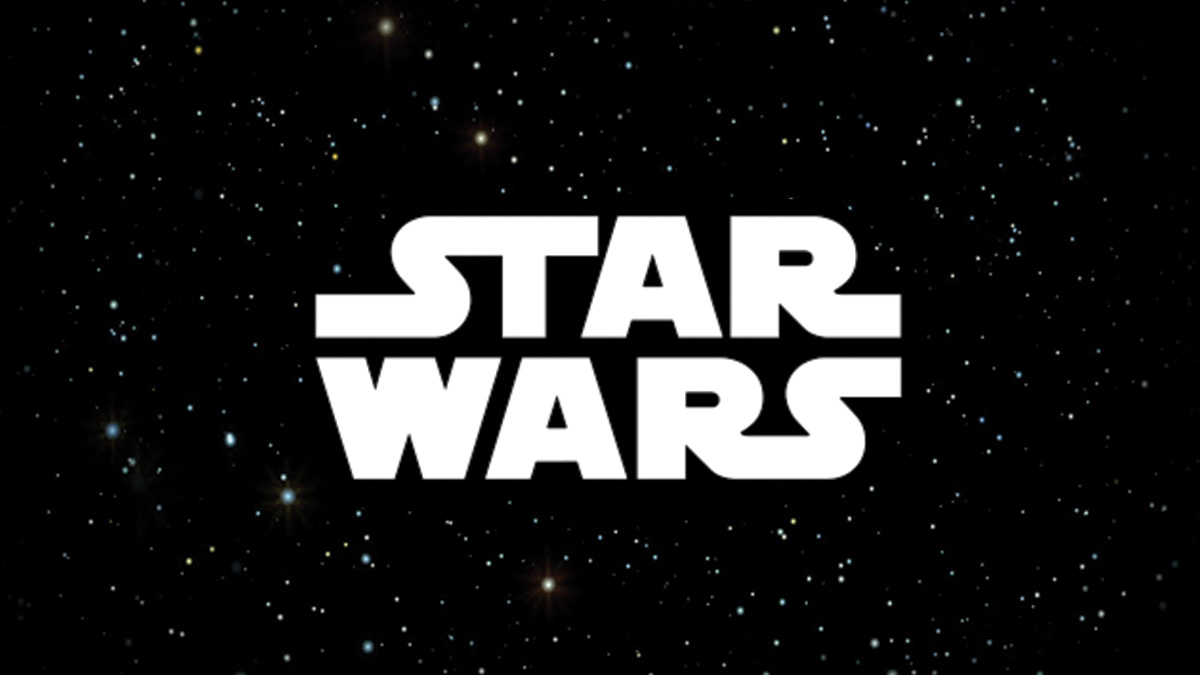This Friday marked the annual Star Wars Celebration in London—and it indeed brought an abundance of rejoicing to the Star Wars fandom worldwide. From offering positive updates on Skeleton Crew and The Acolyte to the first official teaser trailer of long-awaited in Ahsoka, the event showcased what the franchise’s upcoming Disney+ productions have in store for the fans. But the streaming platform, which has lately been the anchor of Star Wars continuity, wasn’t the end of the fantastic surprises Lucasfilm had planned for the evening.
Delivering on the anticipated promise, the production house announced a new trilogy of Star Wars films – all three unraveling stories that would factor into the main timeline. And those three films, set in different periods of the Star Wars saga, now add a new expansion to the continuity’s eras, taking us far beyond George Lucas’ Star Wars: A New Hope on both sides of the flow of time.
The New Trilogy
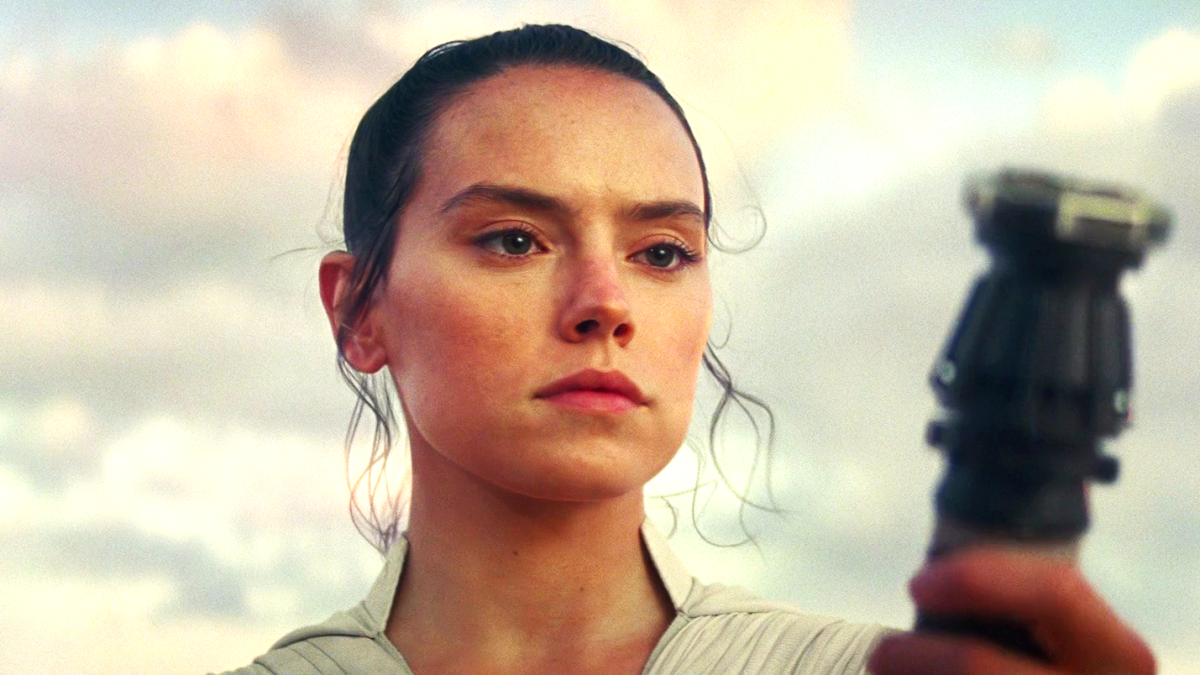
Star Wars Celebration brought on stage James Mangold (Logan, Indian Jones 5), Sharmeen Obaid-Chinoy (Saving Face, Ms. Marvel), and Dave Filoni (Star Wars: The Clone Wars, The Mandalorian) and announced them as the directors of the three new Star Wars films that will tell stories set away from Skywalker Saga. Fans are already overjoyed at the news, especially that Dave Filoni, a long-term George Lucas collaborator and a significant figure in the creation of Star Wars Imagination, is climbing up the ladder to director’s chair. Interestingly, the three films will not directly follow The Rise of Skywalker but will be set in three separate periods on the timeline.
Dave Filoni will direct a film directly associated with his Mando-verse. Set in the New Republic Era, the film will close out the interconnected storylines Filoni has spanned across The Mandalorian, The Book of Boba Fett, Ahsoka, and Skeleton Crew, which he has built alongside Jon Favreau. James Mangold will take us far away in the galaxy to a time that will predate everything that has happened in the Star Wars universe. For years we have heard stories and legends of the Force and an Order of Knights using their skills to keep it in balance. Mangold’s Star Wars movie will feature an origin story of the Jedi Order, set thousands of years before A New Hope, which he describes as a biblical epic. Obaid-Chinoy’s film will be a faithful follow-up to The Rise of Skywalker, spearheading Daisy Ridley’s Rey’s return to the franchise. Set fifteen years after Episode IX, the film will feature Rey rebuilding the Jedi Order; Obaid-Chinoy’s Star Wars will essentially constitute Episode X of the franchise.
While Dave Filoni’s movie is set in such an era that’s already in a fast-paced, developing status, Mangold’s and Obaid-Chinoy’s movies give the franchise an expansion that re-updates Disney’s Star Wars canon.
The Updated Timeline: Far-Stretching George Lucas’ Galaxy
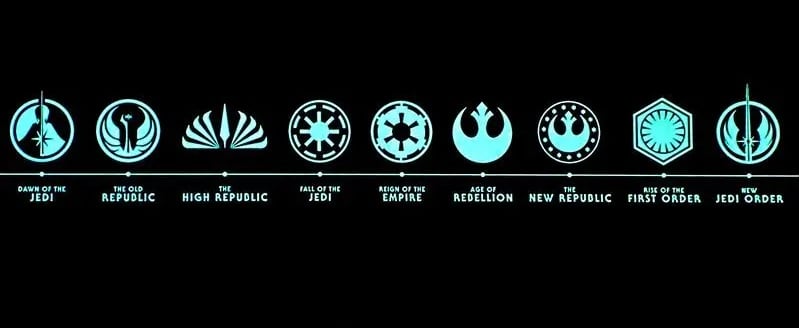
During the event, Lucasfilm featured an image showcasing the timeline of Star Wars eras, just like the studio did twice before. The previous timeline began from The Old Republic, then passed through The High Republic, Galactic Empire, and the New Republic to the First Order. The image was revitalized with two additional periods added to the continuity. Both these eras were added to the beginning and end of the timeline, thus changing the franchise’s history and future. The two eras—Dawn of the Jedi and New Jedi Order—mark beginnings of the legendary order of the knights on two separate fronts.
The timeline began earlier with The Old Republic era, mainly explored in Knights of the Old Republic and Star Wars: The Old Republic video games. Much to be explored from this period in the current Star Wars canon; however, it has been referenced in Legends content, specifically in Star Wars: Tales of the Jedi comic books. These books and video game series are no longer canon and fall into Star Wars Legends material.
Now, Dawn of the Jedi will mark the historical beginning of the Star Wars universe. Jedi, for centuries, have learned and sought help from the Force, ultimately using its powers to keep peace in the galaxy. However, their counterparts, the Sith, have always manipulated the Force for darker purposes and cruel control over everything and everyone. Mangold described the films akin to The Ten Commandments, which will unravel how Jedi came into existence, set twenty-five millennia before Episode IV. Gaining from such hints, Dawn of the Jedi will mark the true beginning of Star Wars Imagination.
Explaining Other Eras in Timelines
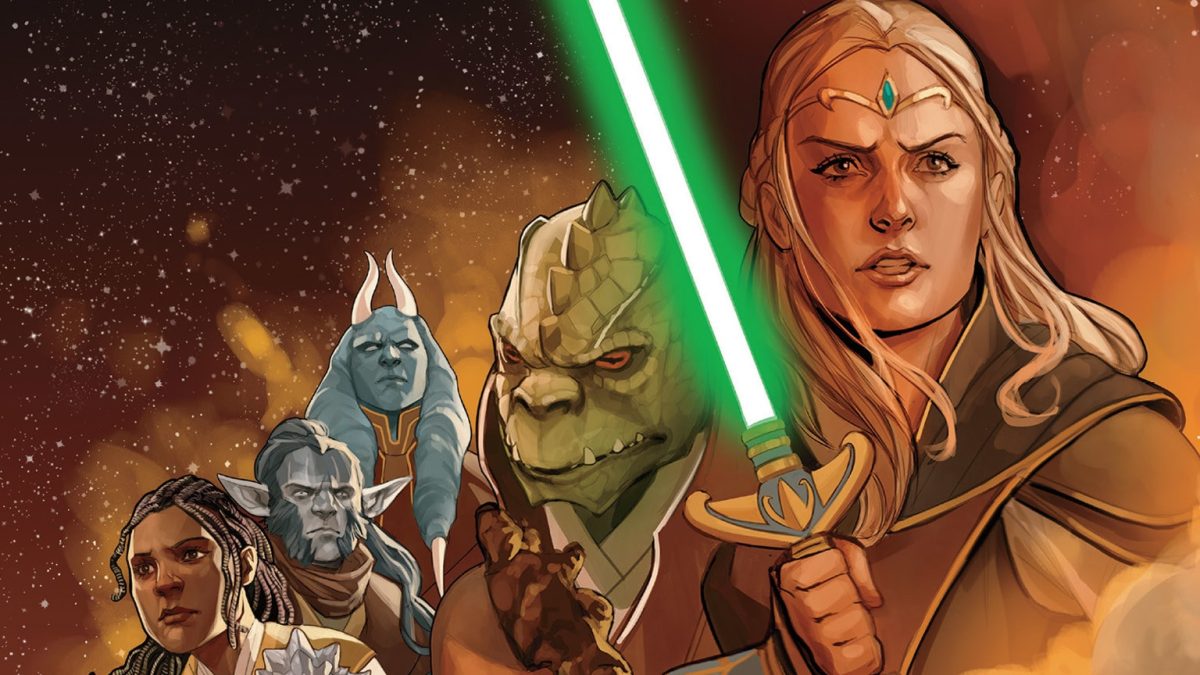
As mentioned above, The Old Republic marked the early days of Jedi, currently awaiting a canonized story to be told within itself.
The High Republic comprises thousands of years of Jedi’s peaceful reign following The Old Republic. The stories in this era are primarily in literature, and many are now not canonical. However, soon a Disney+ venture is to feature a story during The High Republic, set a hundred years before Episode I: The Phantom Menace. It marks the near-beginning of the Sith Empire, to be explored in The Acolyte. The series will tell a story of “shadowy secrets and emerging dark side powers,” thus bringing forth a sinister lurking power laying the groundwork for the Sith and Galactic Empire.
Fall of the Jedi is the official name for the stories that span the Prequel Trilogy and Clone Wars. Previously dubbed the prequel era, this portion of the franchise showcases the rise and fall of Anakin Skywalker. Covering the secret rise of Emperor Palpatine and the Galactic Empire, the era ends with the Jedi losing the Clone Wars, Order 66, and the birth of Darth Vader.
Reign of Empire predates everything between Episode III: Revenge of the Sith and Episode IV: A New Hope. That comprises stories like Solo, Rogue One, Obi-Wan Kenobi, The Bad Batch, Star Wars: Rebels, and Andor. Set within a short time span of nearly two decades, the era covers Empire’s most powerful influence in the galaxy and its efforts to build the Death Star.
Age of Rebellion is the primary era of events that sets off everything else across the timeline. Beginning with A New Hope, it completes the arc of Luke Skywalker, who marks the return of the Jedi Order and brings an end to the Galactic Empire. Capping Goerge Lucas’ vision of an intergalactic science-fiction franchise, Age of Rebellion also acts as the center of a dating system that organizes every event on the timeline in order.
The New Republic, often called the Mando-verse, comprises Jon Favreau and Dave Filoni’s television ventures that will culminate into a feature film to be helmed by the latter. A newfound peace in the galaxy marks the era; however, certain scattered factions of the Empire continue to lurk within the shadows. Interestingly, several novels and books from Star Wars Legends are set in this era, fragments of which are being adapted into live-action productions.
While the sequels substantially cover the Rise of First Order, there is much to tell between those stories. There are still many untold subplots, including Luke’s efforts to rebuild the Jedi, Han and Leia’s relationship, the rise of Supreme Leader Snoke, Kylo Ren, and eventually, the return of Palpatine. The fragments of this era are visible in Mando-verse, but not much has been dealt with. Star Wars: Resistance is an animated series that predates The Force Awakens and is an introductory chapter to this era. The culmination of this era will mark the beginning of the New Jedi Order.
Connecting the Dots of Star Wars Eras with Expanded Universe
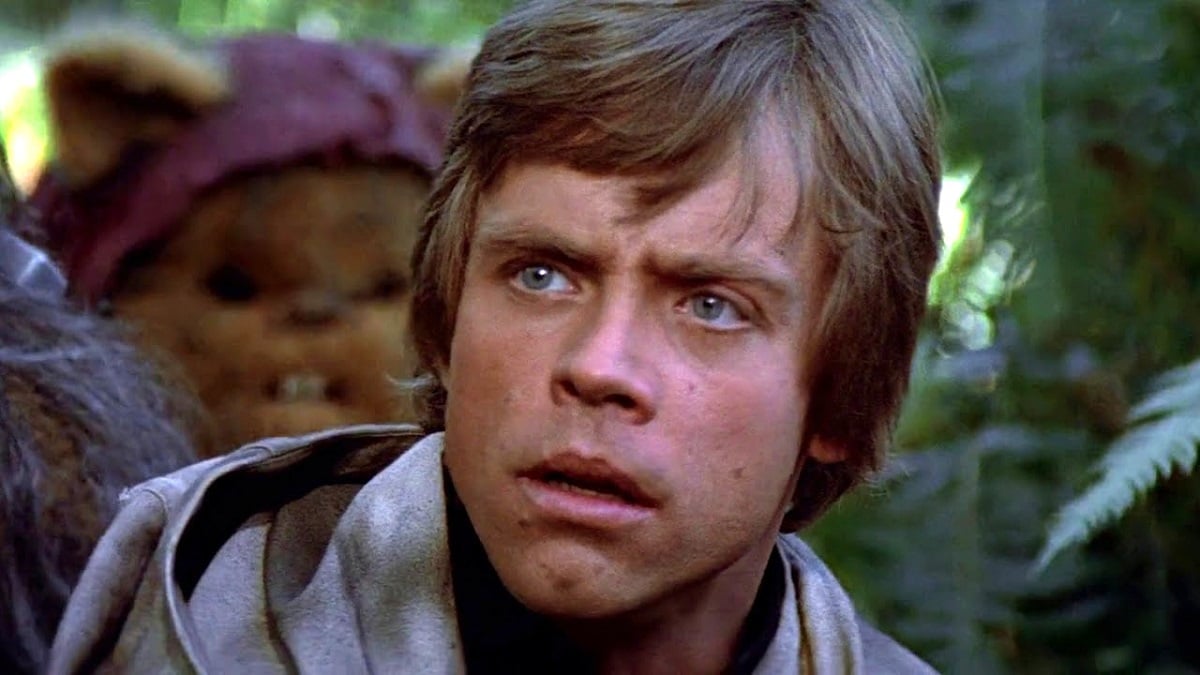
Star Wars: Legends, formally known as Expanded Universe, was George Lucas’ idea to give readers a broader outlook into the Star Wars universe. Comprising a ton of literature, Legends spawned several characters and a potential future, past, and coinciding present of his Star Wars Films (earlier, Lucas planned a different nine-picture arc of Skywalker Saga). Many literary works, such as Heir to the Empire, were critically well-received and became best-sellers. However, post-Disney’s acquisition of Lucasfilm, the studio removed such stories from the official canon of the timeline.
But, over the years, Disney’s Star Wars ventures have taken some aspects from the Expanded Universe to participate in the official canon. With Ahsoka, the novel Heir to the Empire may get a similar treatment. Mentioning Thrawn, Ahsoka’s trailer gave the audience a hint at a canonized version of Expanded Universe’s foundational villain. In other ventures, characters from animated productions set in Star Wars have made their live-action appearances. Fans are already receiving such references well. Though it may confuse the new fanbase of the franchise, the hardcore Star Wars are enjoying this celebration of this imagination.
Disney is expanding Star Wars in a Marvel-like fashion that would comprise a vast interconnected universe of cross-format stories. With Expanded Universe studded with potentially rich storylines, the studio is gradually picking up elements of non-canonical material. While Legends will not get an official retrospective entry back into the canon, Disney is always free to adapt a revitalized iteration of those stories and feature them in the ever-expanding continuity.
Future of Star Wars Continuity
Obaid-Chony’s follow-up to The Rise of Skywalker is the most interesting of the newly announced projects. While Disney has adapted several stories set within Lucas’ largely built universe into recent television series, it would be far more interesting to see Star Wars heading forward to an unprecedented future. The follow-up movie can introduce new characters to the franchise and take the imagination beyond Lucas’ expanded universe and his nine-picture saga.
Disney has shelved previously planned Rian Johnson’s (The Last Jedi) trilogy of follow-up films, as well as Star Wars projects that were to be helmed by Patty Jenkins (Wonder Woman), Kevin Feige (Marvel Cinematic Universe), and David Benioff & D.B. Weiss (Game of Thrones). This means Obaid-Chinoy is the only hope for Star Wars’ glorious future.
Now spanning nine different eras, Star Wars‘ continuity is establishing itself as a profound and substantially tangible cinematic universe. The studio probably wants a more organized and comprehensive narrative of the franchise and hence, is focusing on live-action adaptations. With such expansion, a new generation of Star Wars fans would perceive the series like MCU and other fantastical film franchises.

